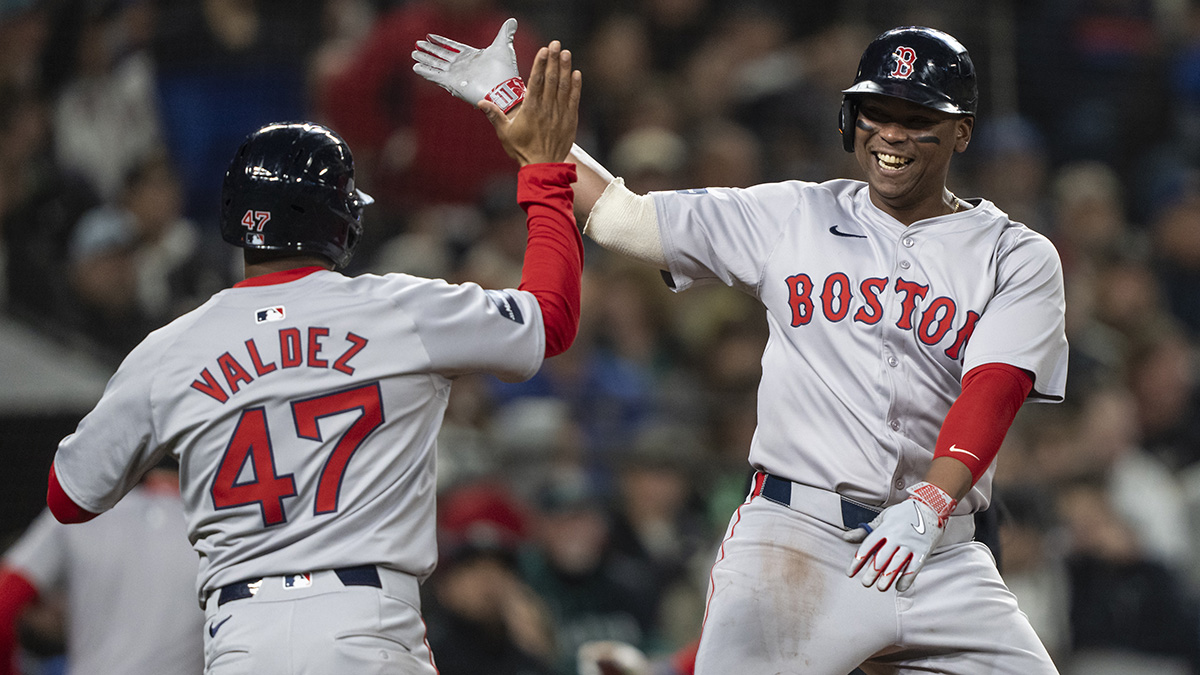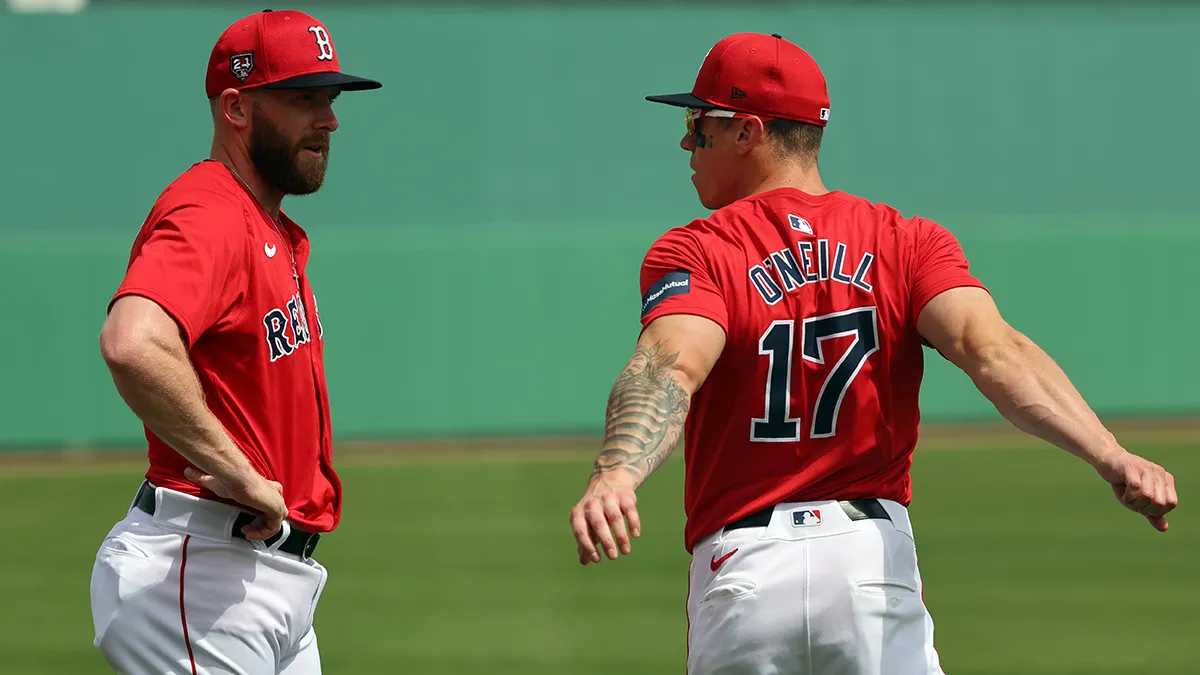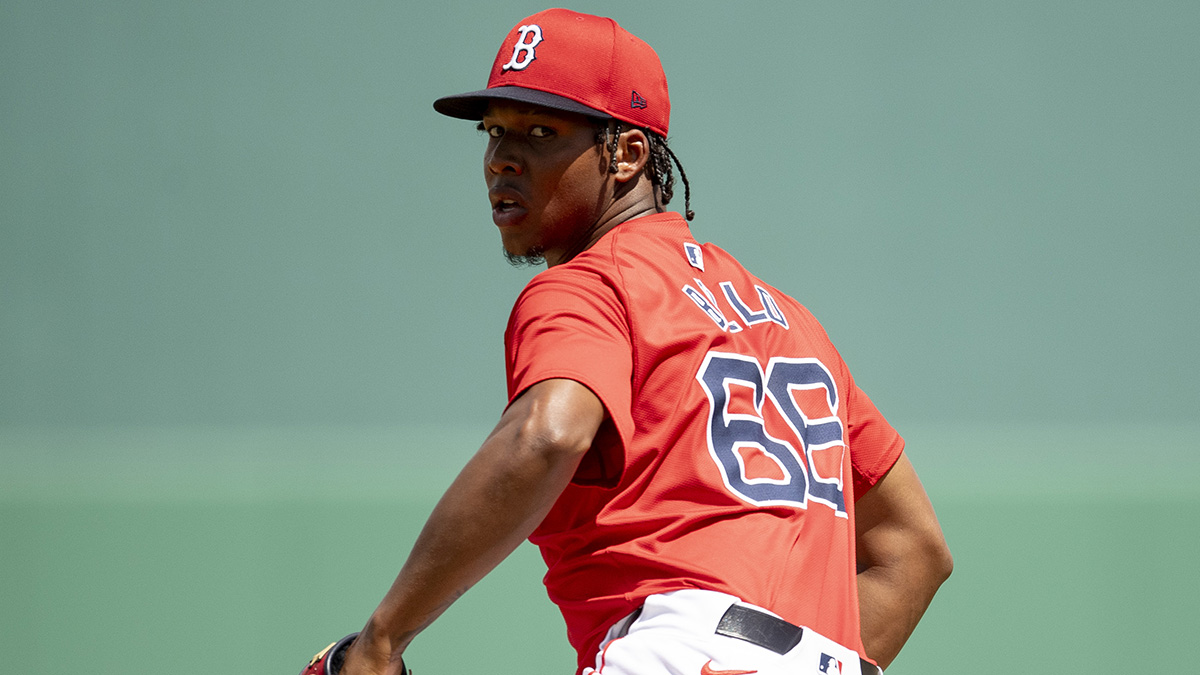From the first bullpen of spring training, new Red Sox pitching coach Andrew Bailey stressed the importance of not only strike one, but winning the first three pitches of every at-bat. The goal: quick outs or two quick strikes.
It looks like his starters got the message.
The Mariners might own the best rotation in the American League, but over four games in Seattle, Boston's quartet of Brayan Bello, Nick Pivetta, Kutter Crawford, and Garrett Whitlock clearly outpitched them.
Stay in the game with the latest updates on your beloved Boston sports teams! Sign up here for our All Access Daily newsletter.
The rotation that projected to be the team's biggest area of weakness was instead a strength. Red Sox starters walked just one batter while striking out 27 en route to a series split. They did it by limiting their fastballs and relying primarily on offspeed offerings against an aggressive Mariners lineup.
Prioritizing strike-throwing while de-emphasizing fastballs may seem counterintuitive, but that's exactly the kind of insight the Red Sox sought when chief baseball officer Craig Breslow hired his former teammate to overhaul the club's pitching program. That Bailey is already making an impact bodes well for meeting his stated goal of turning the Red Sox into a destination for pitchers, much like the Rays, Twins, Mariners, and Giants.
"I want to us to be viewed industry-wide as, 'Come to the Red Sox. They know how to pitch,'" Bailey said this winter, and it's hard to argue with the start.
MORE RED SOX COVERAGE
The Red Sox identified their pitching infrastructure as a primary area for upgrading after Bailey's predecessor, Dave Bush, failed to maximize his assets. Left-hander Martin Perez struggled in Boston and became an All-Star in Texas. Starter Jeffrey Springs posted a 7.08 ERA in Boston and then earned a $31 million extension in Tampa. Reliever Ryan Brasier posted a 0.70 ERA with the Dodgers after being cut last year, the key to his Hollywood turnaround the introduction of a cutter.
Bailey arrived planning to accentuate each starter's strengths while steering clear of their deficiencies. That's what every pitching coach says, but Bailey is actually doing it.
For Bello, that meant throwing zero four-seam fastballs over five innings of two-run ball in the opener. That's partly because the Mariners are an excellent fastball-hitting team, but primarily because Bello's four-seamer wasn't very good last year.
The Red Sox encouraged him to throw it as a means of changing eye levels off of his electric changeup and power sinker. It made sense in theory, except Bello allowed eight homers and a .646 slugging percentage on the pitch. So Bailey shelved it.
Pivetta dialed back his fastball use on Friday, even though it was his best pitch last year until he added the sweeper he calls a "whirlybird" that unlocked him. More than half his pitches last year were four-seamers, but he threw only 24 in 84 pitches on Friday while striking out 10 in six dominant innings.
The sweeper also keyed Crawford's mirror outing on Sunday when he allowed one unearned run in six innings while striking out seven. He threw 31 sweepers, 24 cutters, and only 20 four-seamers. Last year, he threw his fastball roughly 40 percent of the time, and the 94 mph offering was by far his best pitch.
As for Whitlock, he added a gyro or bullet slider, a power offering with a sharp downward break. He recorded seven swings and misses on Sunday while striking out eight in five innings. He threw mostly off-speed pitches early before switching to his sinking fastball late.
So why the change? Manager Alex Cora told reporters in Seattle, including Julian McWilliams of The Boston Globe, that it was based on the opponent.
"Last year I think Seattle led the league or they were top five in hitting fastballs," said Cora. "So, that's part of the equation. Kutter has a good fastball. Whitlock has a good fastball. Pivetta has a good fastball. You just have to go with the scouting report."
But the groundwork for the shift feels more philosophical, as Bailey hinted at this winter.
"It's understanding that spin in the zone generally produces better outcomes," he said. "It's understanding for the history of baseball that fastballs are hit the hardest and generate the most slug over a long period of time."
Whether the Red Sox can keep this up with a young rotation and zero depth will be an ongoing concern. We haven't even completed one turn through the rotation yet, so perhaps this was just another example of pitchers being ahead of hitters early in the season.
But however small the sample, it sure feels like the Andrew Bailey Effect is real.



